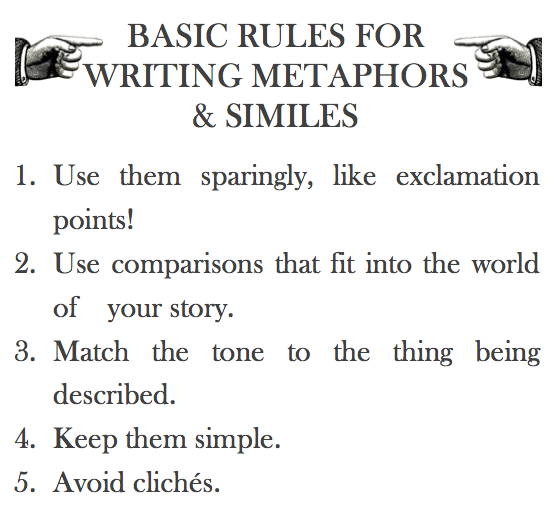Effectively preventing writing failures requires understanding two key elements: metaphorical resonance and authentic charm. Both serve distinct yet complementary functions in creating compelling content.
Defining the Core Concepts
Metaphor: A cognitive tool linking abstract concepts to concrete imagery. It clarifies complex ideas ("the startup ecosystem is a jungle") and fosters deeper understanding by activating sensory experiences. Its power lies in creating resonant mental models.

Charm: The authentic emotional texture and authorial voice infused into prose. It manifests through wit, warmth, relatability, narrative voice, and genuine engagement. Charm fosters reader connection and loyalty beyond pure information transfer.
Common Writing Flops & Their Roots
- Obscurity & Confusion: Overly complex metaphors or inconsistent imagery, weak transitions.
- Disengagement & Boredom: Absence of charm, flat tone, generic language, lack of voice.
- Forced Tone/Inauthenticity: Straining for charm ("trying too hard"), artificial voice.
- Mixed Messages: Metaphors conflicting with core message, charm undermining credibility.
Preventing Flops: Strategic Integration
Metaphor Mastery:
- Clarity First: Prioritize precision. Use metaphors to illuminate, not obscure. Ensure the concrete image directly enhances the abstract concept.
- Consistency: Maintain the logic of the chosen metaphorical framework throughout the piece. Avoid jarring shifts unless intentional for effect.
- Relevance: Anchor metaphors tightly to the core message and audience context. Avoid arbitrary or culturally inaccessible references.
- Sparingly Powerful: Leverage one strong, extended metaphor instead of multiple weak ones. Less can be more impactful.
Authentic Charm Cultivation:
- Voice & Relatability: Develop a consistent, authentic authorial voice. Share relevant human experiences or observations naturally.
- Specificity & Detail: Concrete details (used judiciously) build trust and interest far more than vague generalizations.
- Subtle Humor/Empathy: Employ wit or warmth organically, born from genuine insight, not forced jokes. Show understanding of the reader's perspective.
- Purposeful Tone: Match the tone (serious, playful, urgent) precisely to the content and reader expectations. Charm should enhance the message, not distract from it.
The Interplay: Metaphor & Charm in Harmony
A potent metaphor gains emotional weight through the author's genuine voice. Charm gains intellectual substance through metaphorical depth. Avoid these pitfalls:
- Allowing charm to trivialize serious subject matter.
- Letting complex metaphors alienate rather than engage.
- Using either device as mere ornamentation; they must serve the core purpose.
Essential Prevention Tactics
- Reverse-Outline: After drafting, check if core metaphors run consistently through key points and if the charm supports the argument.
- Read Aloud: Does the language flow naturally? Does the voice sound authentic, or forced? Does the metaphor feel integrated?
- Targeted Feedback: Ask trusted readers: "Was this part confusing? Did you connect with this section? Did my tone feel right?"
- Purpose Check: Continuously ask: Does this metaphor make the idea clearer? Does this element of charm make the reader care more?










